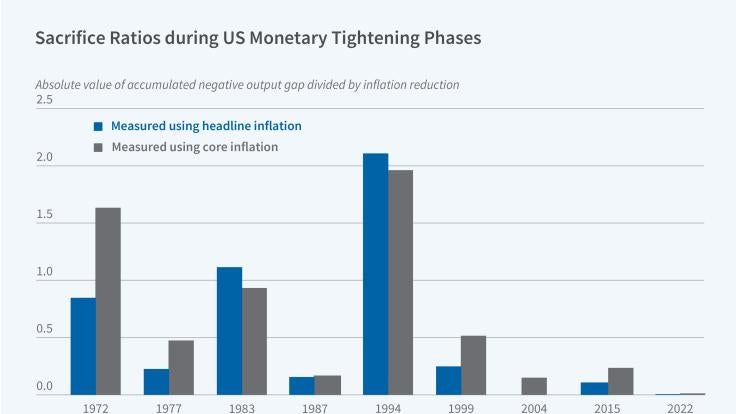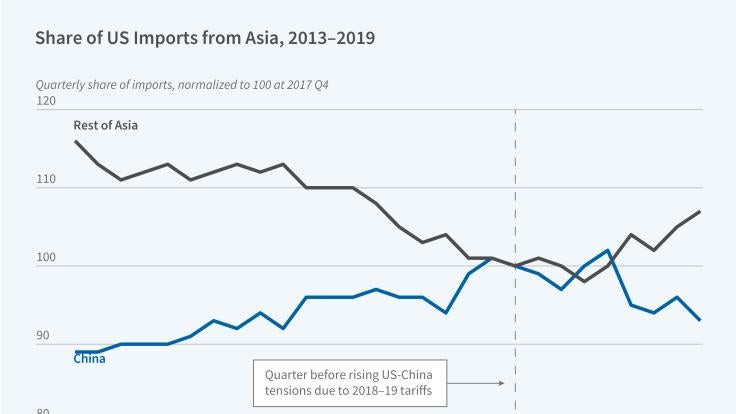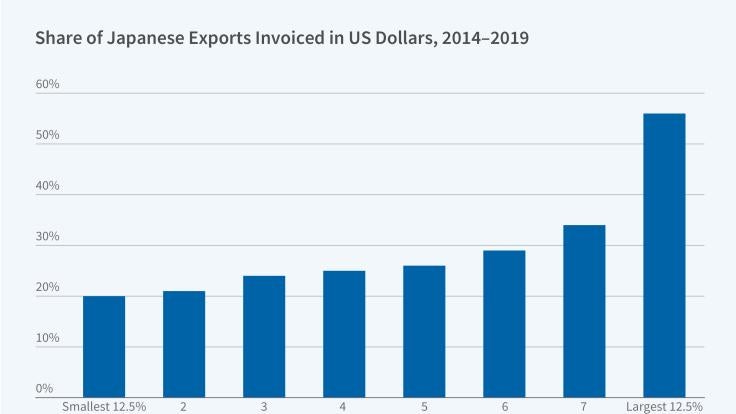Codirectors

Mark Aguiar is the Walker Professor of Economics and International Finance at Princeton University. His research spans both open- and closed-economy macroeconomics, including sovereign debt, business cycles in emerging markets, capital taxation, growth, and the micro-foundations of consumption and labor supply. He has been an NBER affiliate since 2008.

Linda Tesar is a professor of economics at the University of Michigan. Her research examines cross-country business cycle linkages, capital flows to emerging markets, the consequences of exchange rate exposure, and global risk-sharing. She has been an NBER affiliate since 1993.
Featured Program Content

Central banks' decisions about when and how to adjust monetary policy require weighing multiple objectives. In Trade-offs over Rate Cycles: Activity,...

As US-China trade tensions escalated in 2018–19, American firms scrambled to reorganize their supply chains. In Bank Financing of Global Supply Chains (...

Firms that export make strategic choices about the prices and quantities of the goods they sell as well as the currency in which they invoice their...